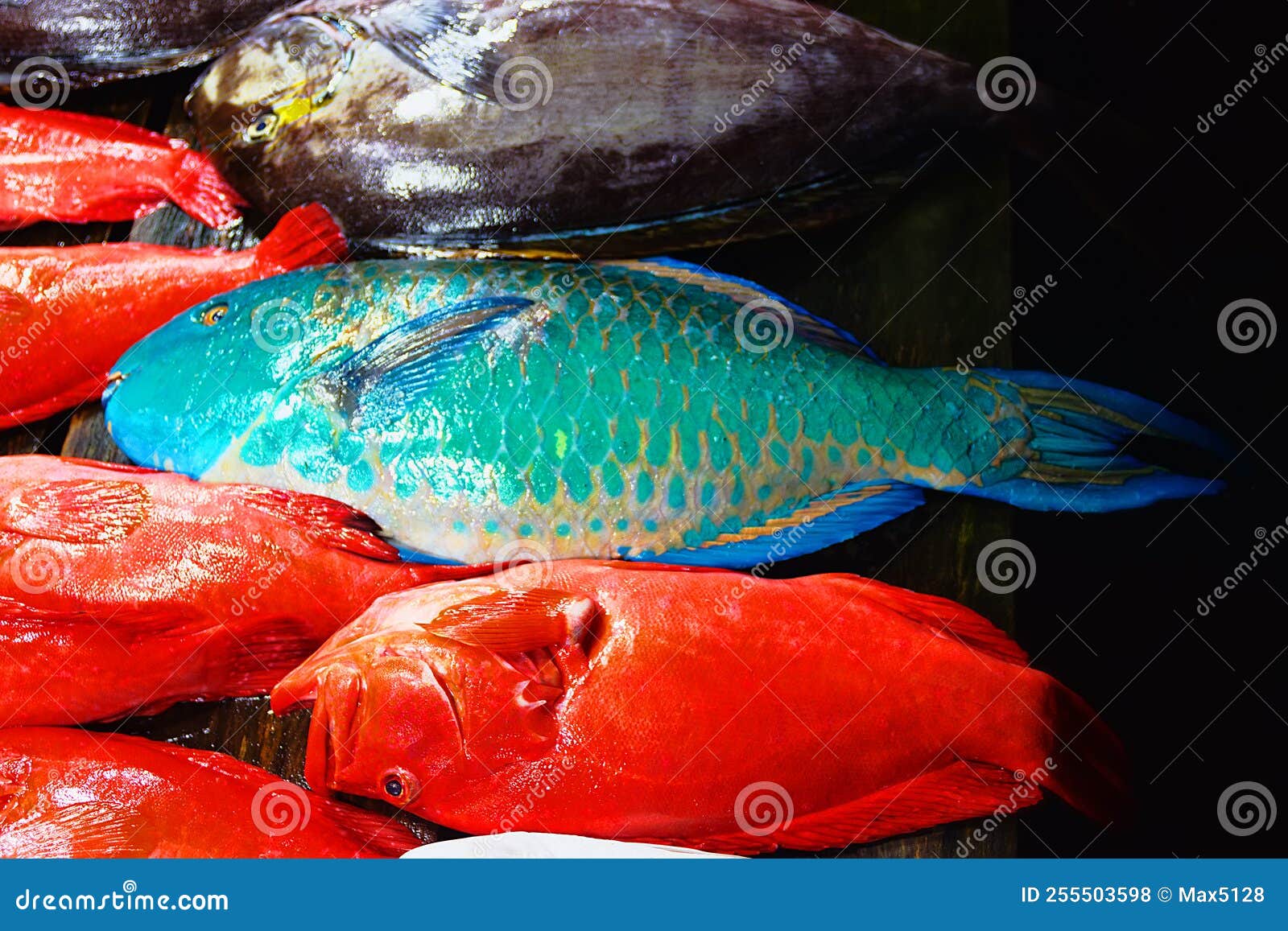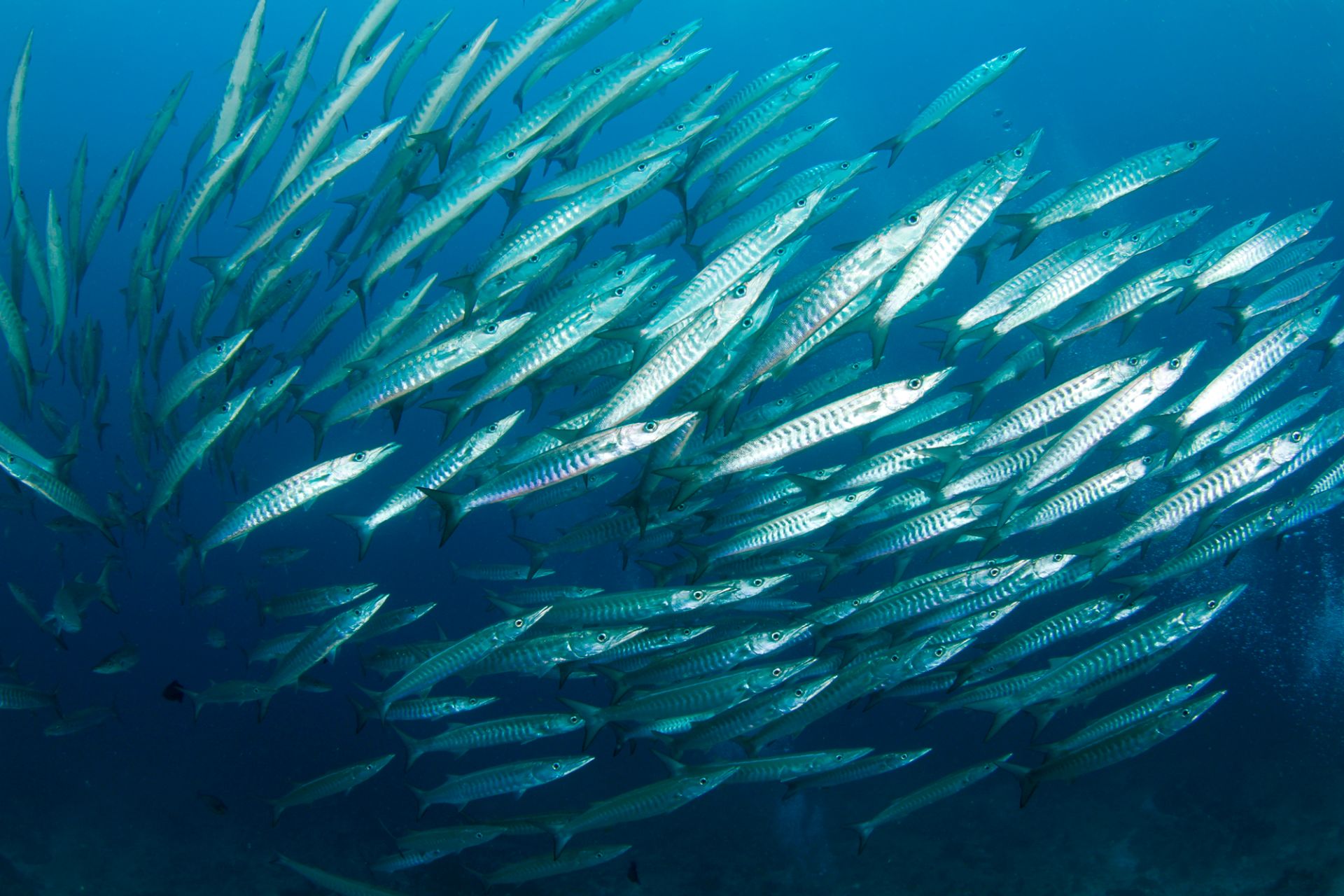Ever wondered what a group of fish are called? Well, buckle up because we're diving deep into the aquatic world to uncover some truly fascinating facts. If you're like me, you probably assumed it was just a "school" or "shoal," but there's so much more to discover. Let's get started and explore the wonders of fish group names that might leave you amazed.
When it comes to nature, humans have always been fascinated by how animals interact in their environments. Fish, being one of the oldest creatures on Earth, have developed unique ways of living together in harmony. Understanding what a group of fish are called can give us insights into their social behaviors and survival strategies. So, this article will not only answer your question but also take you on a journey through the underwater kingdom.
But why does knowing what a group of fish are called matter? Well, for starters, it's a great conversation starter at parties—or at least with fellow fish enthusiasts. Plus, understanding these terms helps us appreciate the complexity of marine ecosystems. And hey, who doesn’t love learning something new? Let's dive in!
- Youka Lingerie Elevating Your Style With Comfort And Elegance
- Azealia Banks September 9 The Untold Story Of A Fearless Icon
What Exactly Is a Group of Fish Called?
Alright, let's cut to the chase. A group of fish is most commonly referred to as a "school" or "shoal." But here's the twist—there's a subtle difference between the two. A "school" refers to a synchronized group where all the fish swim in the same direction, while a "shoal" is more of a casual gathering without much coordination. Cool, right?
Now, depending on the species and their behavior, different groups of fish can have unique names. For instance, a group of tuna might be called a "bunch," while a group of eels could be labeled an "eelment." These quirky terms add a layer of charm to the already mesmerizing world of fish.
Why Do Fish Form Groups?
Fish don't just form groups for fun, though that would be adorable. There are several reasons why they stick together:
- How To Create A Pregnancy Belly For Special Occasions
- How To Make Private Matches In Fortnite Without Creator Code
- Protection: Swimming in numbers reduces the risk of being eaten by predators. It's like the old saying, "There's safety in numbers."
- Hunting Efficiency: Some species, like sharks, hunt better in packs, allowing them to corner prey more effectively.
- Reproduction: Being part of a group increases the chances of finding a mate, which is crucial for species survival.
- Energy Conservation: Swimming in a group can help reduce drag, making it easier for fish to conserve energy during long migrations.
So, next time you see a group of fish, remember they're not just hanging out—they're strategizing for survival!
The Science Behind Schooling and Shoaling
Let's break down the science behind why fish choose to school or shoal. Researchers have found that this behavior is driven by a combination of instinct and environmental factors. Fish use their senses, such as sight and lateral line systems, to detect the movements of others and align themselves accordingly.
Studies conducted by marine biologists suggest that schooling behavior is not random. In fact, it follows specific patterns that are influenced by water currents, light levels, and even the presence of predators. This organized movement is a testament to the incredible adaptability of fish.
Which Fish Prefer Schools vs. Shoals?
Not all fish are cut from the same cloth. Some prefer the structured life of a school, while others enjoy the laid-back vibe of a shoal. Here's a quick breakdown:
- Schooling Fish: Sardines, herring, and anchovies are classic examples of fish that thrive in schools. Their synchronized movements create a dazzling display beneath the waves.
- Shoaling Fish: Clownfish, angelfish, and guppies often form loose groups, allowing them more freedom to explore their surroundings.
Interestingly, some fish can switch between schooling and shoaling based on their needs. It's like having the best of both worlds!
Unique Names for Specific Fish Groups
As promised, let's dive into some of the unique names given to specific groups of fish. These terms are not only fun to say but also provide insight into the characteristics of each species.
1. A Group of Sharks
Now, here's where things get interesting. A group of sharks is called a "shiver." Yes, you heard that right—a shiver! This term perfectly captures the eerie yet awe-inspiring presence of these apex predators.
2. A Group of Eels
Eels, on the other hand, are known for their sneaky and mysterious nature. When they gather, they form an "eelment"—a term that seems fitting for these slippery creatures.
3. A Group of Tuna
Tuna lovers, rejoice! A group of tuna is referred to as a "bunch." Simple yet effective, don't you think?
These unique names highlight the diversity and complexity of marine life. Who knew fish could be so creative with their group dynamics?
Fun Facts About Fish Group Behavior
Let's sprinkle in some fun facts to make this article even more engaging:
- Did you know that some fish can change their gender depending on the needs of the group? Talk about adaptability!
- Clownfish, made famous by Finding Nemo, form hierarchical groups where the largest female leads the pack.
- Research shows that fish in schools can make decisions faster than those swimming alone, proving the power of teamwork.
These tidbits not only entertain but also reinforce the importance of understanding fish behavior.
How Do Fish Groups Impact Marine Ecosystems?
Now, let's zoom out and look at the bigger picture. Fish groups play a vital role in maintaining the balance of marine ecosystems. By forming schools or shoals, they help regulate populations, distribute nutrients, and even influence climate patterns.
For example, large schools of sardines can attract a variety of predators, creating a feeding frenzy that benefits the entire food chain. This interconnectedness highlights the delicate balance of life beneath the waves.
The Role of Fish in Carbon Cycling
Believe it or not, fish contribute to the global carbon cycle. Through their feeding habits and movements, they help transport carbon from the surface to the depths of the ocean. This process is essential for mitigating climate change and maintaining Earth's health.
Conservation Efforts and the Importance of Protecting Fish Groups
Unfortunately, many fish populations are under threat due to overfishing, pollution, and climate change. Protecting fish groups is crucial for preserving marine biodiversity and ensuring the survival of countless species.
Conservation efforts, such as establishing marine protected areas and promoting sustainable fishing practices, are vital in safeguarding these incredible creatures. By supporting these initiatives, we can help ensure that future generations get to experience the magic of fish groups.
What Can You Do to Help?
Here are a few simple actions you can take:
- Choose sustainably sourced seafood when dining out or shopping.
- Reduce plastic waste to prevent pollution in our oceans.
- Support organizations working to protect marine life and habitats.
Your small actions can make a big difference in the fight to save our oceans.
Conclusion: What Have We Learned?
In this article, we've explored the fascinating world of fish group terminology, behavior, and their impact on marine ecosystems. From the synchronized movements of schools to the quirky names given to specific fish groups, there's so much to appreciate about these underwater creatures.
So, the next time someone asks, "What is a group of fish called?" you'll be armed with knowledge and ready to impress. Remember, understanding and protecting fish groups is not just about science—it's about preserving the beauty and diversity of life on our planet.
Now, it's your turn! Share this article with your friends, leave a comment below, or check out our other articles to learn more about the wonders of the natural world. Together, we can make a difference—one fish group at a time!
Table of Contents
- What Exactly Is a Group of Fish Called?
- Why Do Fish Form Groups?
- The Science Behind Schooling and Shoaling
- Which Fish Prefer Schools vs. Shoals?
- Unique Names for Specific Fish Groups
- A Group of Sharks
- A Group of Eels
- A Group of Tuna
- Fun Facts About Fish Group Behavior
- How Do Fish Groups Impact Marine Ecosystems?
- The Role of Fish in Carbon Cycling
- Conservation Efforts and the Importance of Protecting Fish Groups
- What Can You Do to Help?
- Conclusion: What Have We Learned?
- Coreano Flequillo Asiatico The Ultimate Guide To This Trendy Hairstyle
- Taylor Swift And Swarovski The Sparkling Collaboration You Didnrsquot Know You Needed


